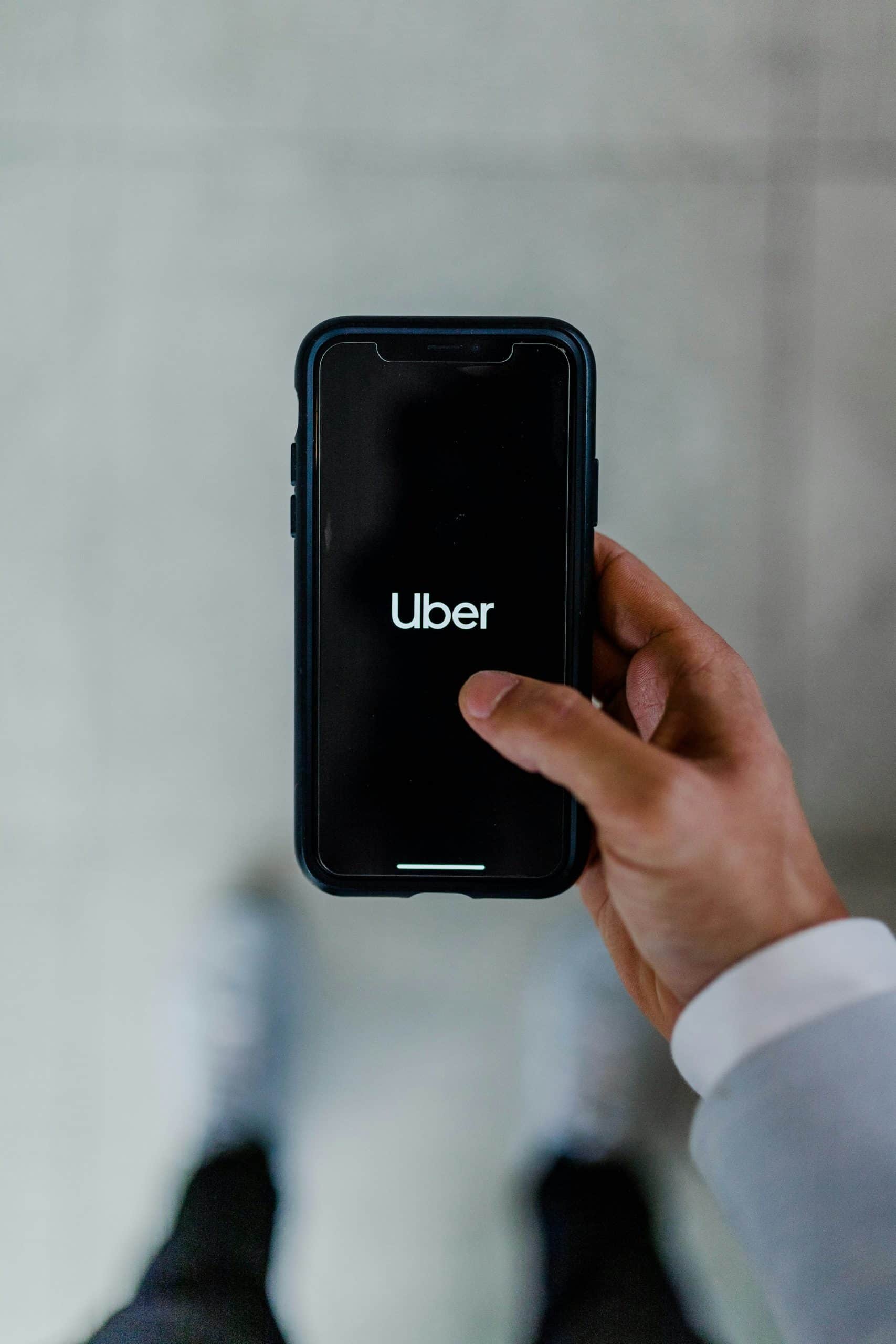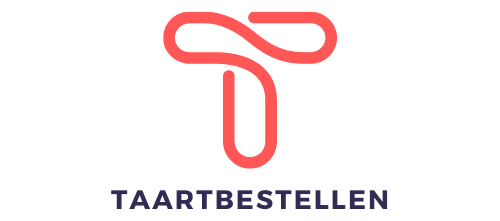Can AI-Enhanced Sensors Improve Industrial Safety and Prevent Accidents?

The Industrial Revolution was a game-changer for the human race. Factories emerged, machines started to take over tasks, and the way work was understood underwent a massive transformation. Today, we stand at the dawn of another revolution – the Fourth Industrial Revolution, if you will. This time, it’s all about digital transformation. Powered by Artificial Intelligence (AI), Machine Learning, Internet of Things (IoT), and other technological advancements, the sphere of industrial safety is experiencing a tectonic shift.
In this article, we delve deep into how AI-enhanced sensors are steering the course for improved safety measures in the workplace and how they potentially thwart accidents even before they occur.
Dans le meme genre : Enhance your security with the best smart password generators
Integrating AI and IoT for Workplace Safety
Manufacturing industries, in particular, are no strangers to workplace hazards. Therefore, safety for workers is always a priority. With the integration of AI and IoT, these sectors can now leverage technology to enhance their safety protocols.
AI-enhanced sensors, powered by machine learning, lend themselves as highly accurate, data-driven safety solutions. These sensor systems can monitor the workplace environment in real-time and alert workers about potential hazards. For instance, if a machine starts to overheat or there’s a gas leak, the AI system can identify the anomaly using the data collected by the sensors and instantly send alerts to workers.
A lire aussi : What Are the Breakthroughs in Anti-Aging Treatments from Biotechnology?
Role of AI in Risk Assessment and Injury Prevention
When it comes to workplace safety, risk assessment plays a vital role. Traditionally, it has been a human-led activity. However, with the advent of AI, risk assessment has evolved into a more precise, objective, and automated process.
AI can learn from past incidents and analyze a multitude of factors to predict potential risks. It can assess a worker’s activity, machine condition, and environmental conditions to flag any possible dangers. For instance, in manufacturing industries, AI can monitor workers’ physical movements. If a worker is lifting heavy items improperly or working in a risky position, the AI system can detect this and provide instant feedback, reducing the risk of injury.
Utilizing Machine Learning for Health Monitoring and Predictive Maintenance
Another way AI-enhanced sensors can improve workplace safety is through health monitoring and predictive maintenance. Machine learning algorithms can analyze data from sensors attached to machinery and predict any potential issues before they escalate into serious problems.
For instance, predictive maintenance technology can monitor equipment and detect anomalies in its performance. Once an anomaly is detected, the system can perform a root cause analysis to diagnose the problem, predict when the machine is likely to fail, and plan maintenance accordingly. This not only saves time and cost but also significantly reduces the risk of accidents due to machine failure.
AI-Driven Training for Workers
Safety training is an essential aspect of workplace safety. However, traditional training methods may not always be effective, especially in dynamic industrial environments. That’s where AI comes into play.
AI can facilitate more interactive and immersive training experiences for workers. For example, AI-powered virtual reality (VR) training programs can simulate real-life scenarios, allowing workers to learn how to handle potential hazards in a risk-free environment. Moreover, these programs can adapt to each worker’s learning pace and provide personalized feedback, greatly enhancing the effectiveness of the training.
The Future of Workplace Safety: AI, IoT, and Beyond
From risk assessment to predictive maintenance and worker training, AI-enhanced sensors are transforming workplace safety in multiple ways. But this is just the beginning. The advent of AI and IoT has opened up new avenues for innovation in industrial safety.
Emerging technologies like wearable IoT devices could further enhance worker safety by monitoring health parameters in real-time. AI-powered drones could be used for surveillance in high-risk areas. Even technologies like blockchain could play a role in ensuring data integrity and transparency in safety systems.
In conclusion, while AI-enhanced sensors are making workplaces safer, they also underscore the importance of human-machine collaboration. As we move forward, it will be crucial for industries to strike a balance between leveraging technology and nurturing the human touch in workplace safety.
AI and Computer Vision for Enhanced Occupational Health and Safety
The implementation of artificial intelligence isn’t limited to just sensors and machine learning. Another aspect where AI is making a significant impact is computer vision. It has enormous potential in the enhancement of occupational health and safety.
Computer vision, an AI technology, enables computers and systems to interpret and understand the visual world. In the context of workplace safety, computer vision can be used to monitor work environments in real-time, similar to how human vision operates, but with increased accuracy and objectivity.
For instance, in high-risk sectors like oil and gas, computer vision can be used to monitor operations that are hazardous for humans to perform. Computer vision systems can quickly identify potential hazards – such as leaks or spills – that may go unnoticed by human eyes. Once a hazard is detected, the system can trigger an alert, enabling quick response and mitigation of the risk.
In addition, computer vision technology can also analyze the physical posture of workers, helping to prevent musculoskeletal disorders commonly associated with physically demanding jobs. If the system detects incorrect posturing or repetitive strain, it can alert the worker to correct their action, thereby minimizing the risk of work-related injuries.
Furthermore, combined with machine learning, computer vision can learn from every incident, continually improving its accuracy and reliability over time. This continual learning aspect underscores the potential of AI and computer vision in enhancing workplace safety and occupational health.
Conclusion: The Synergy of AI and Human Insight for Robust Industrial Safety
From the dawn of the Industrial Revolution to the onset of the digital era, the journey of industrial safety has come a long way. As we stand on the cusp of the Fourth Industrial Revolution, it’s clear that artificial intelligence and other digital technologies are set to play a pivotal role in shaping the future of workplace safety.
AI-enhanced sensors, equipped with machine learning and computer vision capabilities, offer a data-driven, proactive approach to managing potential hazards. They are enabling real-time monitoring, precise risk assessment, predictive maintenance, immersive safety training, and much more.
However, while the advancement in AI and digital technologies is promising, it’s important to remember that these technologies are tools to assist human endeavor, not replace it. The human touch, intuition, and experience are irreplaceable, especially when it comes to safety protocols and decisions. Therefore, an effective safety solution would not solely depend on AI but also incorporate the human element.
In the future, a synergistic approach that combines the capabilities of AI, IoT devices, and human expertise will likely form the backbone of occupational safety in industries. This synergy will allow industries to improve safety measures significantly, creating a safer work environment for all.
As we move forward, let’s remember that the ultimate aim of integrating AI and other technologies into industrial safety is not just to prevent accidents but to create a culture of safety where every worker feels safe and secure. After all, a safe workplace is a productive workplace.
